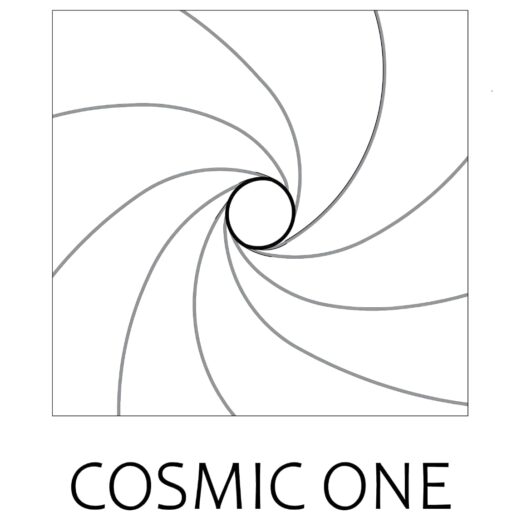Participants
Forty-9 indigenous Spanish-speaking college students out-of Universitat Rovira i Virgili (Tarragona, Spain) took part in brand new auditory data. They had an average ages of many years (SD = 6.32, range = 19–58), 33 have been female (% of the decide to try), and you can sixteen was basically people (% of your test). No people had been omitted in the analyses. Players obtained informative loans due to their participation.
Supply of the latest norms
The fresh database can be downloaded because a be noticed document using this link: Brand new file comes with the following articles: term (Foreign-language phrase), ico-meters (mediocre iconicity of your own phrase), ico-sd (standard deviation of one’s iconicity of phrase), ico-n (quantity of users exactly who rated new iconicity of your word) menchats, ico-dn (level of players which indicated that it didn’t know the phrase or their meaning), audio-meters (mediocre iconicity of the phrase from the auditory modality), audio-sd (basic deviation of the iconicity of keyword on the auditory modality), audio-letter (number of members who rated new iconicity of your own phrase into the the fresh new auditory modality), audio-dn (quantity of players whom indicated that it failed to understand the keyword otherwise the meaning from the auditory modality), and you can gcat (grammatical sounding the term).
We calculated the intra-class correlation coefficient (ICC; Koo Li, 2016) for each iconicity questionnaire to obtain the interrater reliability of the measure. To do this, we used the two-way random effects based on the absolute agreement of multiple raters (2,k). The ICCs were all statistically significant (all ps < .001), M = .99, SD = .00, range = .97–99, which strongly supports the reliability of the data.
Additionally, we compared our iconicity ratings with those of Perry et al. (2015). Although there were 238 Spanish words in common with that study, we selected only 197. We did this because some words in the Perry et al. study had a negative iconicity value because the authors used a scale ranging from ?5 to 5. In that scale, negative values indicated that the sound of the word suggested the opposite of its meaning, 0 indicated that there was no relationship between the sound of a word and its meaning, and positive values indicated a congruent relationship between the sound of a word and its meaning. Hence, we excluded from the analyses the words that received a negative iconicity rating in Perry et al. (of note, a similar procedure was adopted by Sidhu Pexman, 2018). The correlation between the ratings of the two databases was significant albeit low, r = .29, p < .001. It has been suggested that subjective iconicity arises from participants' own experience with the world and/or language (Occhino, Anible, Wilkinson, Morfors, 2017). Individual susceptibility to the symbolic connotations of the words (Taylor Taylor, 1965) and increased consistency of the mapping between word forms and meanings with age (Taylor Taylor, 1962) also seem to play a role in how iconicity is subjectively perceived. Although the age of the participants was not reported in the Perry et al. study, age and/or individual differences might account for the low correlations between scores from their study and the current one. Methodological differences should be also considered, particularly regarding task instructions. In this sense, it is worth noting that Perry et al. asked participants to rate the stimuli on a scale varying from words that sound the opposite of what they mean to words that sound the same as what they mean. In contrast, in the current study we asked participants to score on a scale from a lack of resemblance to a close relationship between words' sound and meaning. In sum, although significant, the low correlation between the two normative studies points to the need for additional research using similar methodological settings to test the contribution of individual differences in language-related factors to the perceived relationship between word forms and meanings.

Recent Comments